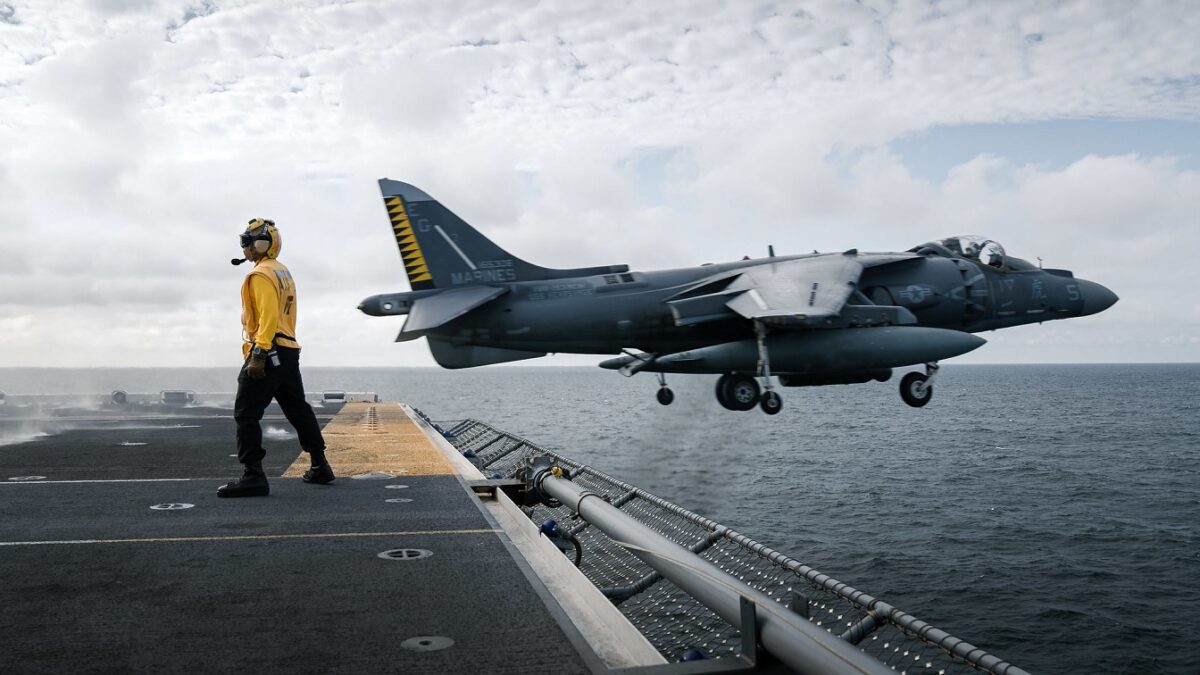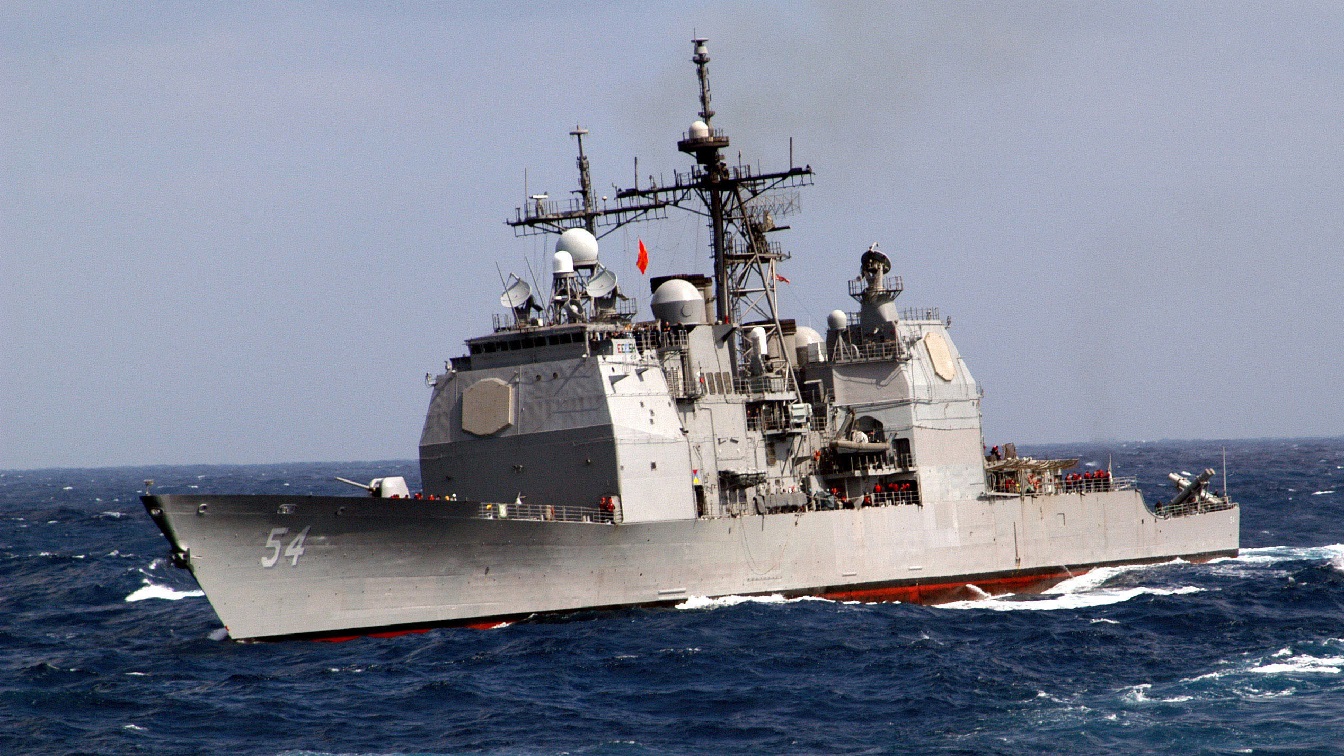Three hundred ships sound like a firm, round number for the U.S. Navy. That means 111 ships deployed with others in various stages of readiness, according to USNI as of August. But is that enough?
And if not, just what is the U.S. government supposed to do about it?
The Trump administration wanted 355 ships for the Navy. That was found to be untenable as money, and shipbuilding capacity was not believed to be sufficient. The Biden White House and Department of Defense came up with an alternate plan that was lower than 355. The ideal number of ships depends on who you talk to in the Pentagon, Navy, Marine Corps, Congress, and White House – all have articulated different visions for the navy.
Only 123 More Ships in the Next 20 to 25 Years?
The Chief of Naval Operations future navigation plan for the Navy is “373 manned ships and 150 unmanned ships for a total of 523 (estimated) ships by 2045.” But this is a moving target. As Politico has written, somewhat tongue in cheek, that “The Navy of the future needs 316 ships. Actually, make that 327. No, more like 367. You know what? Let’s make it 373, or maybe even 500. At different points this year, the Pentagon and Navy leaders have floated all five numbers as the desired size of the Navy.”
China Has the Largest Navy
The other question is how to keep up with the ship-building prowess of China, which currently has the largest navy in the world at approximately 360 ships, although that number can change depending on how the ships are counted. But the main point is that China adds to that figure every month with the world’s most prolific shipbuilding industry. China is expected to have 400 warships by 2025.
Russia Boasts a Large Number of Ships Too
Russia’s navy has 346 ships, but it is considered more of a regional navy that protects its Near Abroad where Moscow claims hegemony – the waterways that surround the former Soviet Union. Russia has few capital ships and only one aircraft carrier that is laid up in dry dock and is of dubious quality. Most of its ships are smaller corvettes and frigates.
Compare It to the Cold War
The Soviet Union at the end of the Cold War had 650 ships, which was as a bona fide Blue Water navy, while the United States had around 570. Both navies cut down due to the “Peace Dividend” in the 1990s in which political leadership made budget, personnel, and hardware reductions to their navies since combat between the two powers was not likely.
What Are the Strengths and Weaknesses?
Quantity of ships is easier to compare than quality. The three navies have strengths and weaknesses. China has a growing aircraft carrier fleet and can now sail carrier battle groups with several frigate, destroyer, and submarine escorts. The People’s Liberation Army Navy has anti-ship missiles that can reportedly “kill” an American carrier. But the PLAN does not have a constellation of overseas bases that would enable transit from one hemisphere to another.
The United States has 11 aircraft carriers with the ability to execute global power projection. Its submarine force is strong with the latest, quiet boats that can attack with cruise missiles and nuclear weapons. Frigates and cruisers have excellent ballistic missile defense. The weakness is likely strategic as policymakers and Navy brass are often at odds on what the service branch should do next. They do not agree on which ships to build and which to retire. They also do not have consensus on budgetary matters when it comes to naval acquisition or force postures.
Russian strength is in submarines and not in aircraft carriers. It lacks large ships that can project power and its navy has a less than stellar combat record in the Black Sea against Ukraine where it lost its prized flag ship, the Moskva guided missile cruiser, to enemy fire early in the war.

BALTIC SEA (Aug. 24, 2022) A U.S. Marine Corps AV-8B Harrier attached to the 22nd Marine Expeditionary Unit (MEU) flies past U.S. Navy Aviation Boatswain’s Mate (Handler) 1st Class Tu N. Chau during flight operations aboard the Wasp-class amphibious assault ship USS Kearsarge (LHD 3), Aug. 24, 2022. The Kearsarge Amphibious Ready Group and embarked 22nd MEU, under the command and control of Task Force 61/2, is on a scheduled deployment in the U.S. Naval Forces Europe area of operations, employed by U.S. 6th Fleet to defend U.S., allied and partner interests.
Which American Will Step Up and Lead?
The United States lacks a visionary leader who has the political capital to make a strategic naval plan and execute it. The Navy is seen by some as broken and unable to fix its problems on its own. Every two years there is a new plan for the number of ships needed without the accompanying follow-through. It is unclear where President Joe Biden or his Secretary of Defense Lloyd Austin falls on naval inclinations. They rarely speak of the Navy and seem to be focused more on the war in Ukraine and assisting Kyiv rather than the military balance between the United States and China or Russia. Congress also has no clear naval champion who can articulate the future of the Navy.
The Americans will need more strategic clarity if it is going to outcompete their naval adversaries. Washington must overcome its lack of political leadership and find consensus about the future of the Navy.
Expert Biography: Serving as 1945’s Defense and National Security Editor, Dr. Brent M. Eastwood is the author of Humans, Machines, and Data: Future Trends in Warfare. He is an Emerging Threats expert and former U.S. Army Infantry officer. You can follow him on Twitter @BMEastwood. He holds a Ph.D. in Political Science and Foreign Policy/ International Relations.

